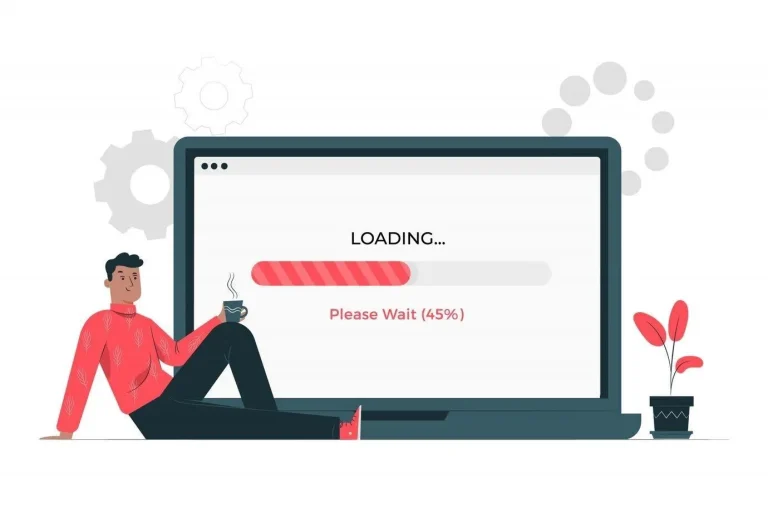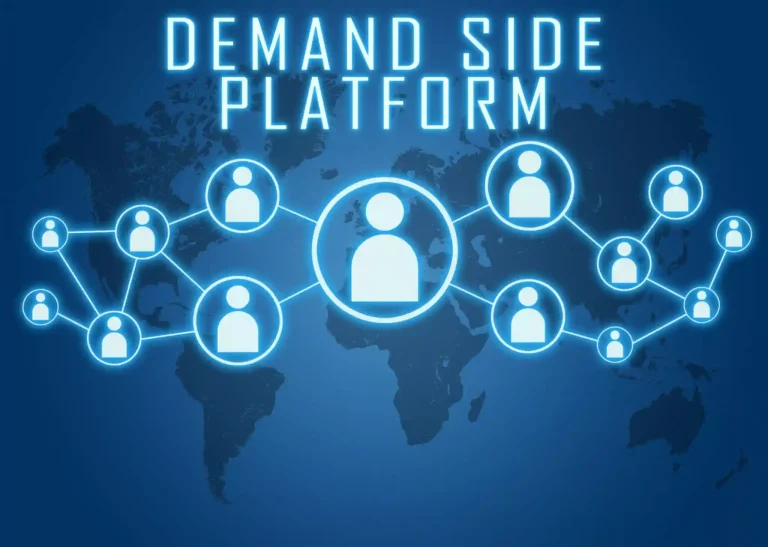There are tremendous opportunities for publishers to connect with their audience and develop a process that facilitates a good match for the advertisers who pay the premium amount and assist in increased revenue and enhanced results. ‘Subscription‘ is definitely a growing stream of revenue for publishers.
Better than working on previous formats, publishers are now investing in building relationships with customers through direct connections. The direct approach includes investment in email newsletters, on-site engagement activities, or subscription where the publishers can own a genuine database of targeted users.
With so many trends available to get subscriptions, publishers are keener to invest in the personalized content for the targeted audience to reap revenue benefits. There are many examples of media publishers who use personalization as the key medium to connect with their users.
These media houses create a list of their visitors and based on their interest in reading through the content, target the readers with customized subscription offers that provide the relevant reading material and information to the user. Along with the reading content, publishing houses also concentrate on video-based subscriptions; as the video-viewing platforms have a higher audience gaining capacity.
Drive Subscriptions:
The subscription is basically simplified data that help in gaining knowledge about the interest and patterns of the user and create a strong will for the users to pay for the subscription. Nowadays people are getting more comfortable with paying for the information they seek, however, they can get disengaged because of the subscription form filling process. If this happens, it is certainly a piece of bad news for the publishers who consider subscriptions as the source of increased revenue. Here we enlist the best solutions that address the problem of reduced subscription:
1. First Sample free on the first click. This is one trick that can help publishers. They know what level of free samples can be made available to the user that can drive their interest in getting subscribed for the rest of the content. This way, publishers can allow two to three free articles via search and then can move to the paid subscription option. For a win-win scenario for both users and publishers, the free samples can be provided on a monthly basis instead of daily. This way, it is easy to achieve organic traffic on a website with demanding subscriptions.
2. Providing better subscription support. This term “subscription support” should not confuse you. Publishers understand that the users register on multiple sites and it gets difficult to remember the password every time or it may annoy the user to enter the credit card details. To make the process hassle-free, many publishers collaborate with the best mechanisms known as machine learning that analyze the user pattern and data and store the information for re-use on publishers’ sites or any other app interacting with publisher data. This way, it becomes possible for publishers to create a subscription mechanism that benefits both the entities- users & publishers.
During the present times where misleading information, snooping and malicious content are everywhere on the digital platforms; subscriptions are the best strategy for publishers to generate revenue and for the tech platforms to connect with their genuine users & build trust. There were times when the tech platforms deducted a good percentage of publishers’ revenue through subscription but now the big tech giants such as Facebook and Google have taken vibrant steps to assist publishers in driving their revenue.
For example, Facebook would not charge any percentage of subscription done through their Android or iOS application, while introducing any news or advertising subscription accelerator. Along with this Google has also determined plans that assist publishers in knowing the target audience by receiving subscriber data from the platform. However, there is still a long way for these processes to come to their full shape.
3. Another way for publishers to get more subscriptions is to leverage the data. The best example to understand the impact of data is print media publishing. The newspapers and magazines were circulated among the consumers based on a list created by the hawkers or other delivery guys. These hawkers constantly take opinions and feedback from the readers and improve the reading content accordingly. Also, based on the feedback and reader’s interest the database of readers is updated and content is prepared specifically for their opinion, keeping the readers engaged and establishing the trust for the business.
The business model to create personalized content for the readers was developed in the print media time and the concept still holds for the new age digital era. The only difference comes with the speed and volume of information searched by any user and delivery of the information. Publishers with strong subscriptions have a huge amount of organic data with real information fed by the real world people. By utilizing this subscription data, publishers can determine the right content for the right audience and at the right time. When the audience is connected well with the desired content, they are more interested to revisit the site.
Also read: Google’s new initiative is aimed at driving subscriptions!
The best way to achieve a strong subscription base for publishers is to partner with third-party DMPs that simplifies data and structure it to create personalized subscription promotions for the targeted users to drive higher subscription conversion.
It is also important for publishers to ensure surfacing the valuable content to the already subscribed user so as to make them willing to pay. No matter where your audience is, leveraging the data and simplifying the interaction points can assist in fuelling subscription conversion.
With the customer-first approach, any publisher can make rich media content with video-centric and personalized stuff, honing homepage for increasing user engagement & loyalty thereby accelerating subscription and reducing churn.























